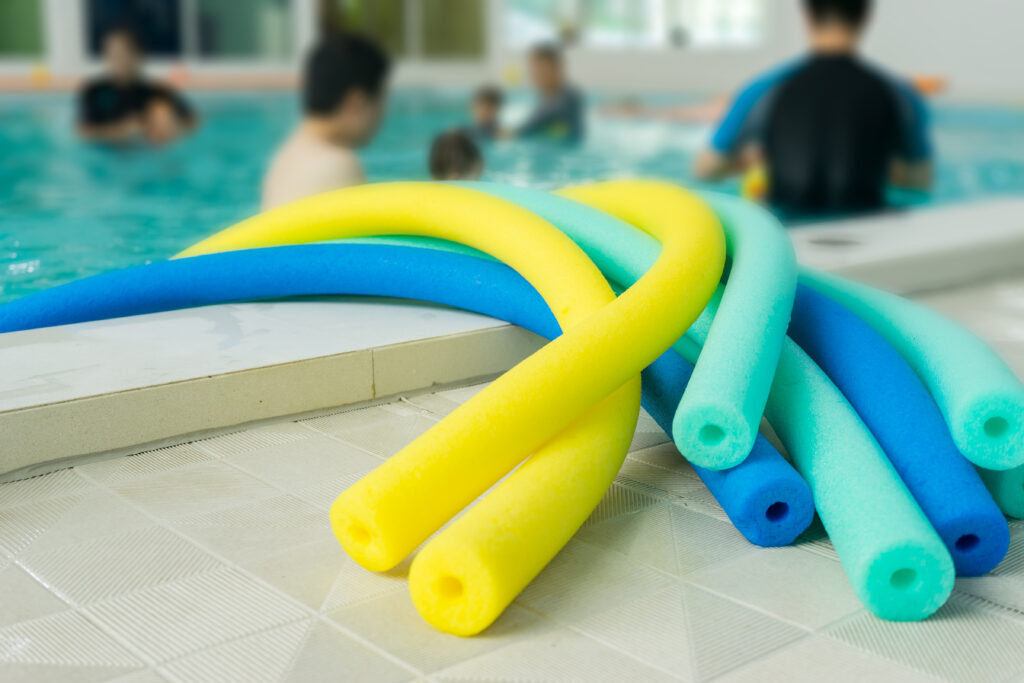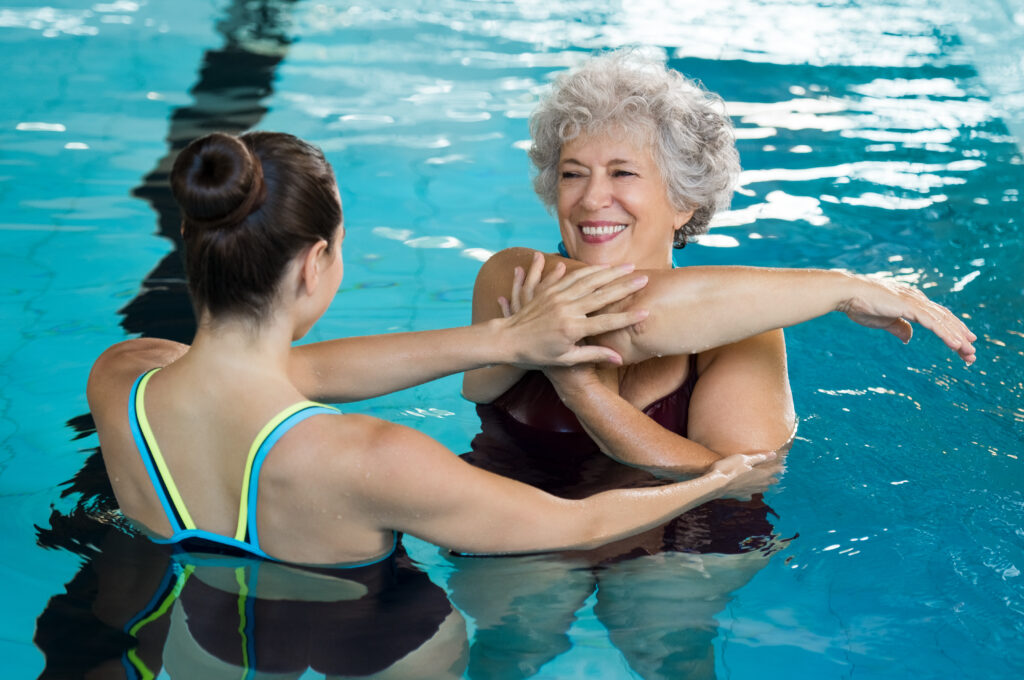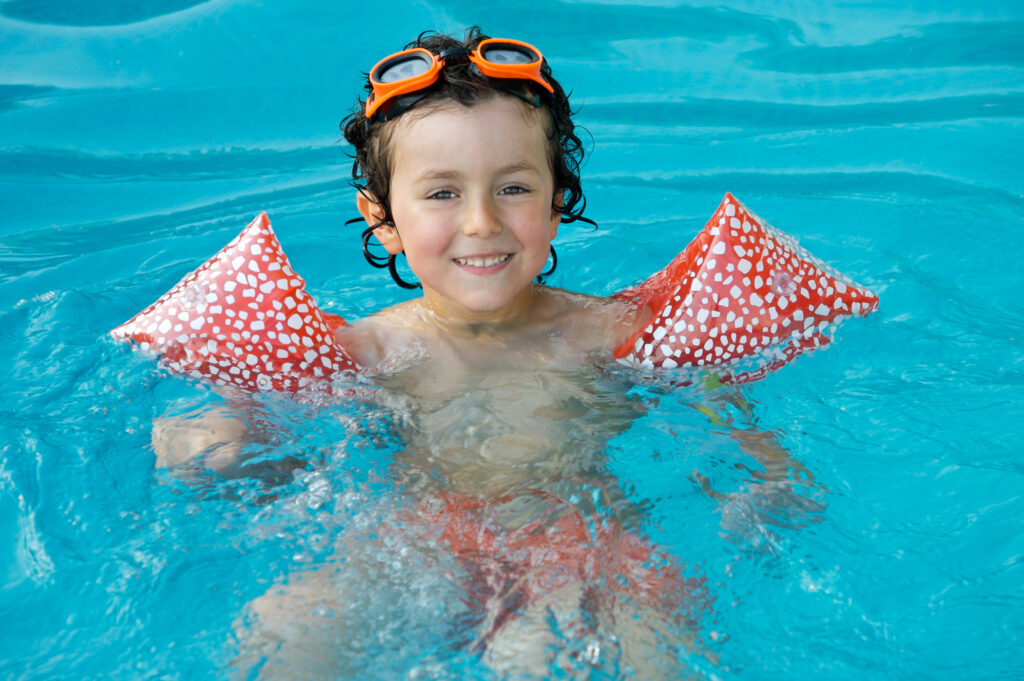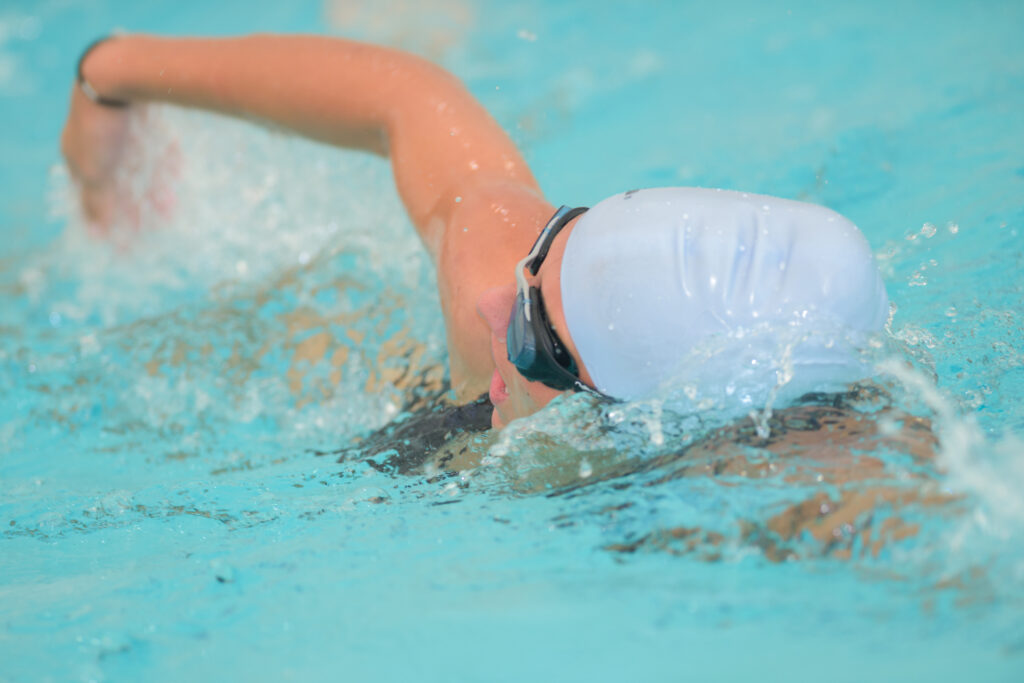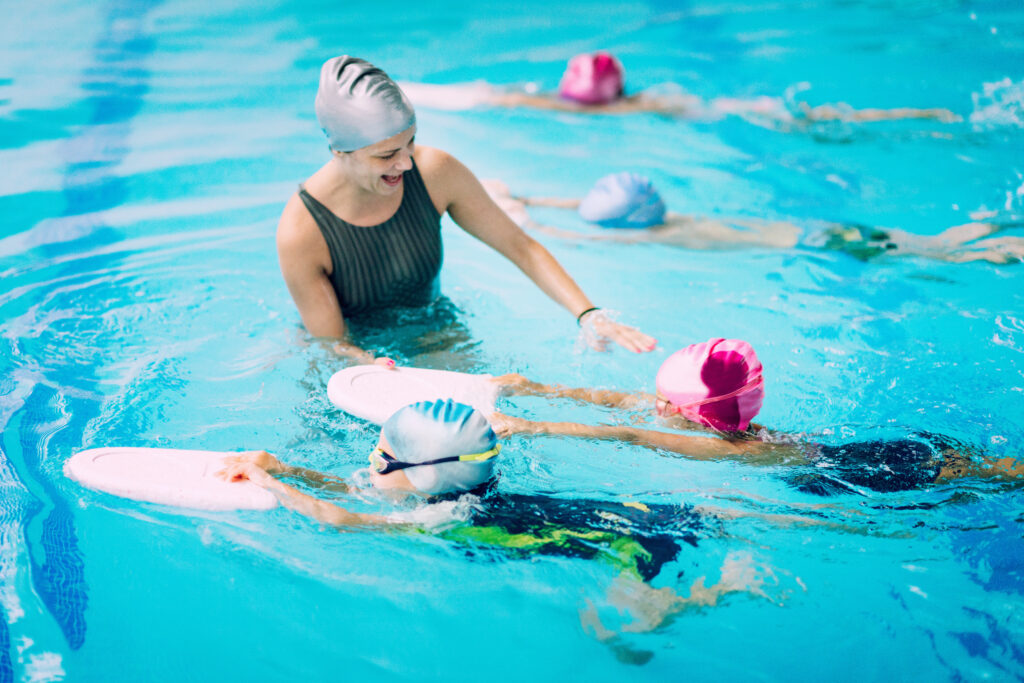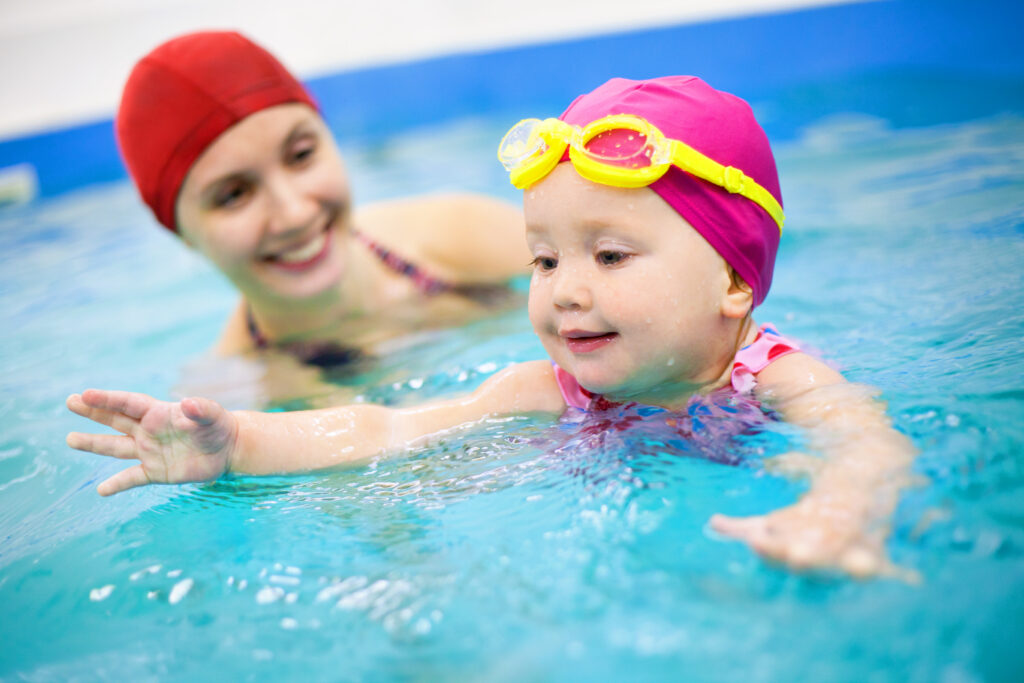Learning to swim can be a fun and rewarding experience for people of all ages. However, for some individuals, the thought of being in the water can be daunting. This is where pool noodles and floats come in handy. These swimming aids can help beginners learn how to swim with confidence and ease.
Pool noodles are long, cylindrical foam tubes that can be used in a variety of ways to aid in swimming. They can be held under the arms to help with buoyancy, or placed between the legs to assist with kicking. Additionally, pool noodles can be used to practice different strokes, such as the breaststroke or backstroke.
Floats are another popular swimming aid that can help beginners learn how to swim. They come in a variety of shapes and sizes, and can be used for different purposes. For example, kickboards can be used to help with leg strength and kicking technique, while arm floats can assist with buoyancy and arm movements. With the help of pool noodles and floats, learning to swim can be a fun and enjoyable experience for everyone.
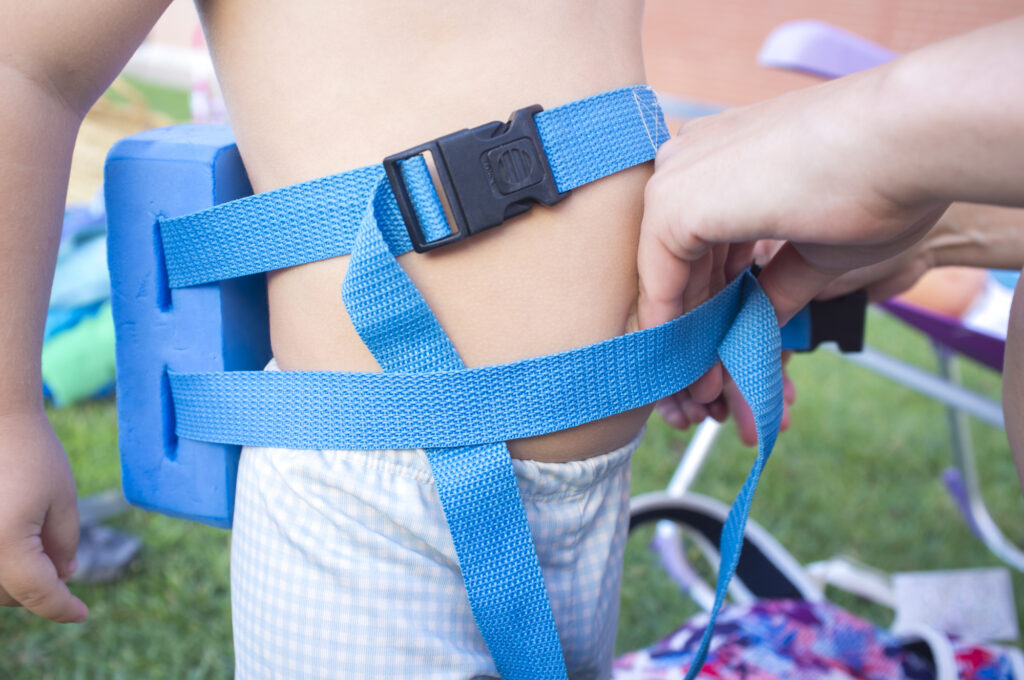
Understanding Pool Noodles and Floats
Pool noodles and floats are popular swimming aids that can help learners of all ages to gain confidence in the water. They are made of lightweight foam materials and are available in various shapes and sizes.
Pool Noodles
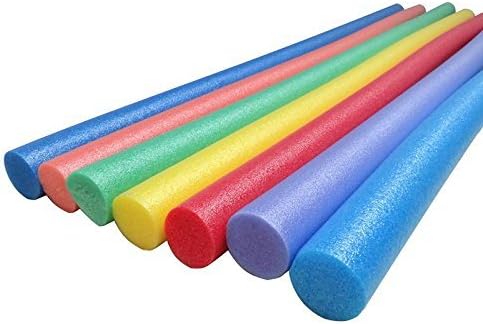
Pool noodles are long, cylindrical foam tubes that are about 3 inches in diameter and 4 feet long. They are flexible and can be bent into different shapes. Pool noodles are commonly used as flotation devices and are ideal for beginners who are learning to swim.
Pool noodles can be used in a variety of ways. They can be used to help swimmers float, to provide support during water exercises, and to play games in the pool. For example, pool noodles can be used to create a makeshift balance beam, or they can be used to play a game of tag in the water.
Pool Floats
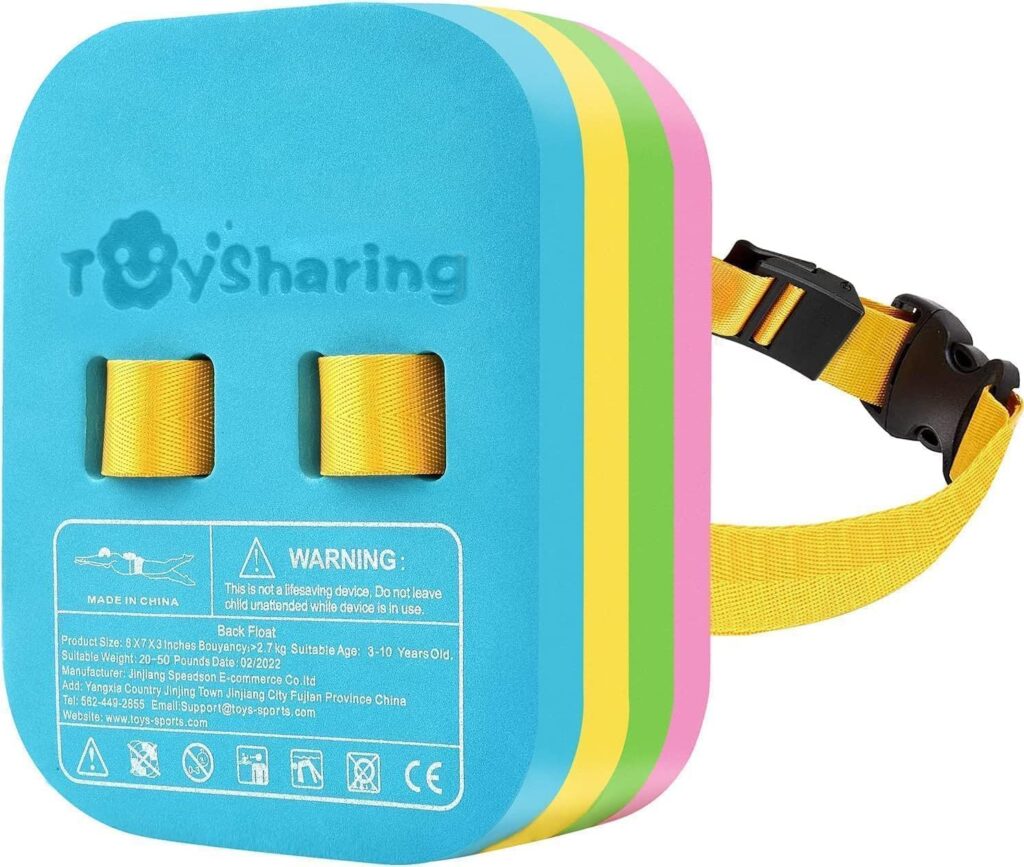
Pool floats are inflatable devices that come in various shapes and sizes. They are designed to provide support and stability in the water. Pool floats can be used by learners of all ages, but they are particularly useful for young children who are learning to swim.
Pool floats can be used in a variety of ways. They can be used to support the body while swimming, to provide a comfortable seat while relaxing in the water, or to play games in the pool. For example, pool floats can be used to play a game of “king of the raft,” where players try to knock each other off a floating raft.
Overall, pool noodles and floats can be valuable tools for learners who are looking to gain confidence in the water. They are affordable, easy to use, and can be used in a variety of ways. However, it is important to remember that they are not a substitute for proper swimming lessons and should be used under the supervision of a qualified instructor.
Preparation Before Swimming
Before jumping into the pool with pool noodles and floats, it is important to ensure that the swimmer is adequately prepared. Here are a few things to keep in mind:
Swimwear
Swimmers should wear comfortable and well-fitting swimwear. It is important to avoid loose clothing as it can get tangled in the pool equipment and cause accidents. Swimmers can choose from a range of swimwear options, including swimsuits, trunks, and rash vests.
Sun Protection
Swimming pools are often located outdoors, so it is important to protect the skin from the harmful effects of the sun. Swimmers should apply waterproof sunscreen with a high SPF and wear a hat and sunglasses to protect the face and eyes.
Hydration
Swimming can be a physically demanding activity, so it is important to stay hydrated. Swimmers should drink plenty of water before, during, and after swimming to prevent dehydration.
Safety
Swimming with pool noodles and floats can be a fun and safe activity, but it is important to take precautions to prevent accidents. Swimmers should always swim under the supervision of a qualified lifeguard or instructor, and should follow all pool rules and regulations. It is also important to ensure that the pool noodles and floats are in good condition and free from any defects that could cause them to fail.
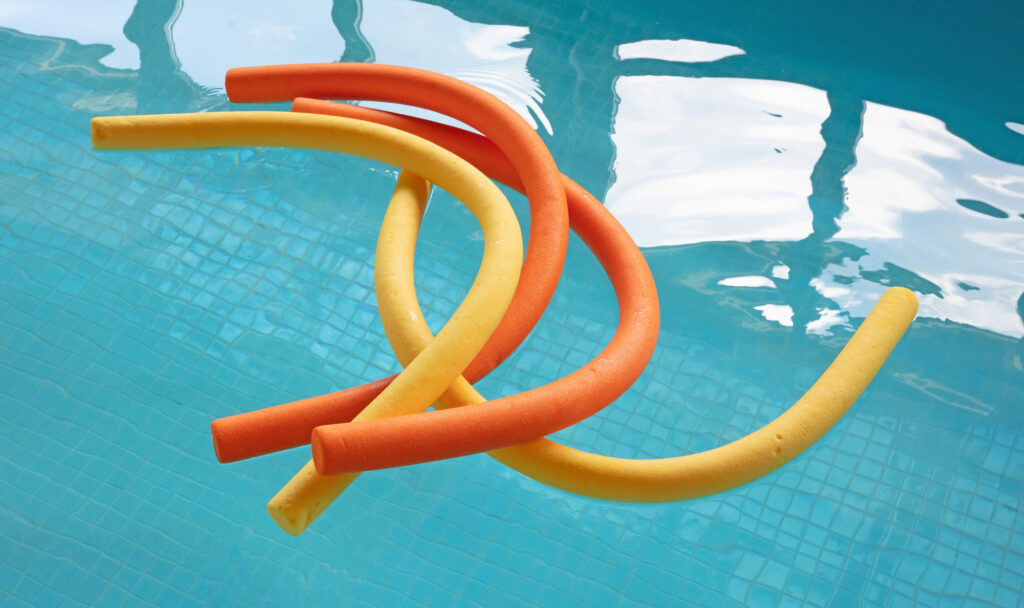
Learning Basic Swimming Techniques with Pool Noodles
Pool noodles are a versatile and popular tool for learning to swim. They can be used to provide buoyancy, support, and resistance during swimming lessons. Here are some basic techniques that can be learned with pool noodles:
Floating
Floating is an essential skill for learning to swim. Pool noodles can be used to help beginners float in a horizontal position. To do this, the swimmer should hold the noodle under their arms with their hands on top of the noodle. The swimmer can then relax and allow their body to float on the water’s surface.
Kicking
Kicking is an important part of swimming. Pool noodles can be used to help beginners practice their kicking technique. The swimmer should hold the noodle with their hands on either end. They can then place the noodle between their legs and kick their legs up and down. This exercise helps to strengthen the leg muscles and improve kicking technique.
Stroke Development
Pool noodles can be used to help beginners learn the basic strokes of swimming. For example, the breaststroke can be taught using a pool noodle. The swimmer should hold the noodle with their hands on either end and place it under their arms. They can then practice the breaststroke kick while holding the noodle. This exercise helps to develop the correct timing and coordination for the breaststroke.
Diving
Pool noodles can also be used to help beginners learn how to dive. The swimmer should hold the noodle with their hands on either end and place it in front of them. They can then dive over the noodle and into the water. This exercise helps to develop the correct diving technique and build confidence in the water.
Overall, pool noodles are a useful tool for learning to swim. They can be used to teach basic techniques such as floating, kicking, stroke development, and diving. With the help of a qualified swimming instructor, beginners can learn to swim confidently and safely using pool noodles.
Learning Basic Swimming Techniques with Floats
Swimming with floats is an excellent way to learn basic swimming techniques. Floats provide support and help beginners to feel more confident in the water. They also help to improve balance, body position, and breathing. In this section, we will discuss some basic swimming techniques that can be learned with the help of floats.
Floating
Floating is the first step in learning how to swim. It is essential to learn how to float on the back and front. To float on the back, the swimmer should lie on their back with their arms and legs extended. They should then place the float under their head and neck for support. The swimmer should relax and breathe slowly and deeply. To float on the front, the swimmer should hold the float with their arms and place their face in the water. They should then kick their legs gently to keep their body horizontal.
Kicking
Kicking is an essential swimming technique that helps to propel the body forward. With the help of a float, the swimmer can practice kicking without worrying about sinking. The swimmer should hold the float with their hands and place it in front of their body. They should then kick their legs gently to move forward. The swimmer should keep their toes pointed and their legs straight.
Gliding
Gliding is another essential swimming technique that helps to conserve energy and move efficiently through the water. With the help of a float, the swimmer can practice gliding without worrying about sinking. The swimmer should hold the float with their hands and place it in front of their body. They should then kick their legs gently and glide through the water. The swimmer should keep their body straight and their arms extended in front of them.
Breaststroke
The breaststroke is a popular swimming stroke that can be learned with the help of a float. The swimmer should hold the float with their hands and place it in front of their body. They should then kick their legs out and bring them back in a circular motion. The swimmer should also bring their arms in a circular motion, starting from the chest and extending forward. The swimmer should breathe in when their face is out of the water and breathe out when their face is in the water.
In conclusion, learning basic swimming techniques with floats is an excellent way to gain confidence and improve swimming skills. Floats provide support and help beginners to feel more comfortable in the water. With the help of floats, swimmers can learn how to float, kick, glide, and swim the breaststroke.
Safety Measures
When learning to swim with pool noodles and floats, safety should always be a top priority. Here are some important safety measures to keep in mind:
Always Supervise
It is crucial to always supervise children and inexperienced swimmers when they are using pool noodles and floats. Even with these aids, accidents can still happen, and it is important to have a watchful eye on those in the water.
Use Properly
Pool noodles and floats should be used properly and according to their intended purpose. For example, pool noodles should not be used as a substitute for a life jacket or other flotation device. Additionally, they should only be used in areas of the pool where the swimmer can touch the bottom.
Follow Pool Rules
It is important to follow all pool rules and regulations when using pool noodles and floats. This includes not jumping or diving into shallow areas of the pool and not using the aids in areas where they are not allowed.
Buddy System
Always swim with a buddy, even when using pool noodles and floats. This not only makes swimming more fun, but it also provides an extra level of safety in case of an emergency.
Learn to Swim
Using pool noodles and floats can be a great way to learn to swim, but it is important to remember that they are not a substitute for proper swimming technique and training. Swimmers should always aim to improve their skills and abilities in the water.
By following these safety measures, swimmers can enjoy the benefits of using pool noodles and floats while staying safe in the water.
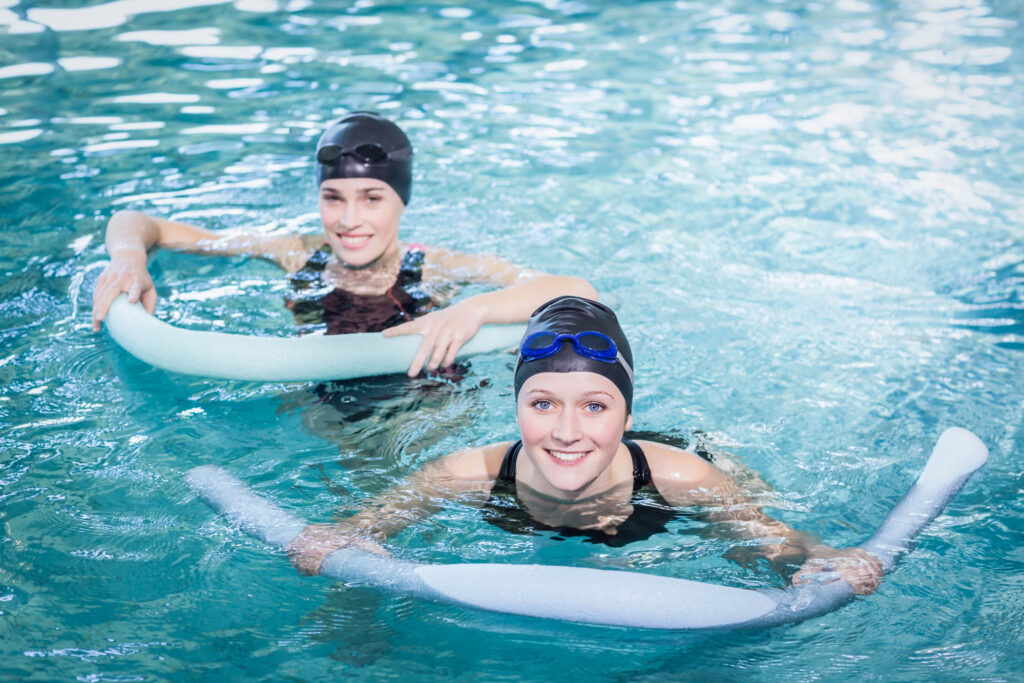
Improving Swimming Skills with Pool Noodles
Learning to swim can be a daunting task for many people. However, pool noodles can be a great aid in improving swimming skills. Here are some ways pool noodles can help:
1. Buoyancy and Support
Pool noodles are made of foam and are very buoyant. They can provide support for a swimmer who is just starting out or who is not yet confident in the water. By holding onto the noodle, the swimmer can keep their head above water and focus on their breathing and stroke technique.
2. Propulsion and Coordination
Pool noodles can also be used to improve propulsion and coordination. By placing the noodle under the arms or between the legs, the swimmer can focus on their arm and leg movements. This can help to improve coordination and balance in the water.
3. Variety of Exercises
There are many different exercises that can be done with pool noodles to improve swimming skills. For example, swimmers can use the noodle to practice floating, gliding, and kicking. They can also use the noodle to practice different strokes, such as the freestyle or breaststroke.
4. Versatility
Pool noodles are very versatile and can be used in many different ways to improve swimming skills. They can be cut to different lengths and used for different exercises. They can also be used in group exercises or games, making swimming lessons more fun and engaging.
Overall, pool noodles can be a great aid in improving swimming skills. They provide buoyancy and support, improve propulsion and coordination, offer a variety of exercises, and are versatile in their use. With the help of pool noodles, swimmers can become more confident and skilled in the water.
Improving Swimming Skills with Floats
Using floats can be a great way to improve swimming skills, especially for beginners. Floats can help swimmers build confidence in the water, improve their technique, and reduce the risk of injury.
One popular type of float is the swimming noodle. Swimming noodles are long, cylindrical pieces of foam that can be used in a variety of ways. For example, they can be held under the arms to provide extra buoyancy, or placed between the legs to help swimmers focus on their arm strokes.
Another type of float is the kickboard. Kickboards are rectangular pieces of foam that are held in front of the body, allowing swimmers to focus on their leg movements. Kickboards can be especially helpful for swimmers who are learning to kick properly.
Using floats can also be a great way to vary your swimming routine and make it more interesting. For example, you can try swimming laps with a pull buoy, which is a small float that is placed between the legs to help swimmers focus on their arm strokes.
It’s important to note that while floats can be helpful for improving swimming skills, they should be used in moderation. Over-reliance on floats can lead to bad habits and may actually hinder progress in the long run. As with any exercise routine, it’s important to mix things up and challenge yourself in new ways.
Benefits of Swimming with Pool Noodles and Floats
Swimming with pool noodles and floats can provide a number of benefits for learners of all ages. Here are some of the advantages of using these aids:
- Increased buoyancy: Pool noodles and floats provide extra buoyancy, which can help learners stay afloat and feel more confident in the water. This can be especially helpful for beginners who are still learning how to swim and may be nervous about being in the water.
- Improved balance and stability: Using pool noodles and floats can help learners improve their balance and stability in the water. By holding onto a noodle or float, learners can keep their head above water and focus on developing their swimming strokes without worrying about sinking.
- Greater flexibility: Pool noodles and floats are very versatile and can be used in a variety of ways to support different swimming techniques. For example, learners can use a noodle to float on their back and practice kicking, or hold onto a float while practicing their breaststroke.
- Enhanced confidence: By providing learners with extra support and stability, pool noodles and floats can help build their confidence in the water. This can be especially important for children who may be nervous about swimming or have had a negative experience in the past.
- Fun and engaging: Pool noodles and floats can make learning to swim more fun and engaging. Learners can use them to play games, practice different strokes, or simply float around and enjoy the water. This can help make swimming a more enjoyable experience and encourage learners to stick with it.
Overall, using pool noodles and floats can be a great way to support learners as they develop their swimming skills. Whether you’re a beginner or an experienced swimmer, these aids can provide a range of benefits that can help you feel more confident and comfortable in the water.
Conclusion
Learning how to swim is an essential skill that can help people stay safe and enjoy water activities. Pool noodles and floats are useful tools for beginners who are learning to swim. They can provide buoyancy and support to help people feel more comfortable and confident in the water.
Using pool noodles and floats can help learners to float vertically and horizontally in the water. They can also assist in developing proper body position and balance. Additionally, they can be used to practice various swimming strokes and techniques.
It is important to note that pool noodles and floats should not be relied upon as a substitute for proper swimming technique and safety measures. They are merely aids to help learners feel more comfortable and confident in the water. Therefore, learners should always be supervised by a qualified instructor and follow proper safety guidelines when using pool noodles and floats.
Overall, pool noodles and floats can be effective tools for beginners who are learning to swim. They can provide buoyancy and support to help learners feel more comfortable and confident in the water. However, they should be used in conjunction with proper swimming technique and safety measures to ensure a safe and enjoyable swimming experience.
Frequently Asked Questions
What materials are pool noodles typically made from?
Pool noodles are typically made from polyethylene foam and are about three inches thick and four feet long. Other designs have a hollowed-out core, are made of neoprene, or are inflatable. 12
How can I teach my child to swim using pool noodles and floats?
There are many ways to teach a child to swim using pool noodles and floats. One way is to have the child hold onto the noodle or float while kicking their legs to move forward. Another way is to have the child float on their back while holding onto the noodle or float for support. 34
What are the benefits of using pool noodles and floats when learning to swim?
Pool noodles and floats can be great tools for learning to swim. They provide buoyancy and support, making it easier for beginners to learn basic swimming skills. They can also be used for fun activities and games that help to build confidence and improve swimming abilities. 12
What are some common mistakes to avoid when using pool noodles and floats for swimming lessons?
One common mistake is relying too much on the noodle or float for support, which can prevent the swimmer from developing proper body position and technique. Another mistake is using the noodle or float as a toy rather than a tool for learning, which can lead to distractions and lack of focus. 34

